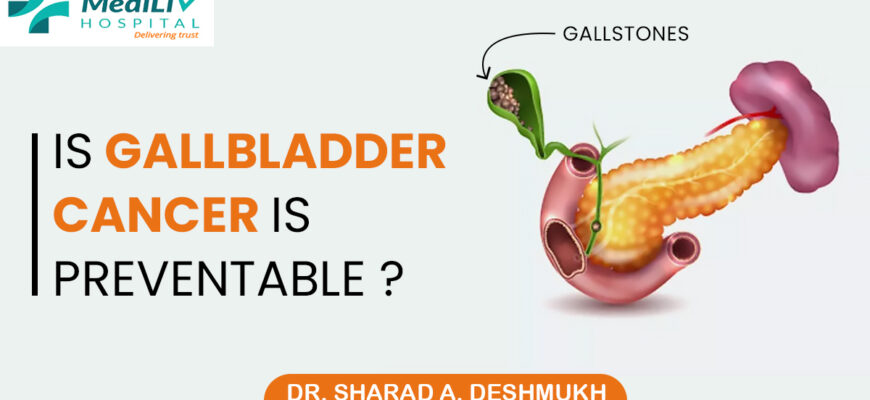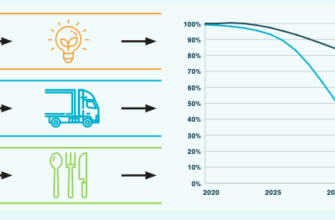
The Alarming Trajectory of a Silent Killer
Liver cancer stands as a formidable adversary in the global fight against oncology. Currently, it is the third leading cause of cancer-related deaths and the sixth most common cancer worldwide. Its prevalence is particularly acute in China, which accounts for over 40% of all reported cases, painting a grim picture of its global footprint.
The analysis projects an unsettling future: by 2050, the number of new liver cancer cases is anticipated to almost double, soaring from approximately 870,000 to 1.52 million annually. Correspondingly, deaths are expected to rise from 760,000 to a staggering 1.37 million. These figures are not mere statistics; they represent a looming public health crisis that demands immediate attention and strategic intervention.
The Unveiled Culprits: Preventable Pathways to Disease
While the prognosis may seem daunting, the study offers a powerful beacon of hope: approximately 60% of these cases are attributed to risk factors that are, in principle, controllable. The primary culprits identified are:
- Viral Hepatitis: Specifically, Hepatitis B (HBV) and Hepatitis C (HCV) viruses remain significant drivers. These infections can lead to chronic inflammation and scarring of the liver, eventually progressing to cancer.
- Alcohol Abuse: Excessive alcohol consumption is a well-established cause of liver damage, cirrhosis, and ultimately, hepatocellular carcinoma (HCC).
- Metabolic Dysfunction-Associated Steatotic Liver Disease (MASLD): Formerly known as Non-Alcoholic Fatty Liver Disease (NAFLD), MASLD is a condition intrinsically linked to the global rise in obesity, type 2 diabetes, and sedentary lifestyles. It`s a modern paradox where abundance paradoxically fuels disease. This condition is now charting a course as the fastest-growing precursor to liver cancer, particularly in Western strongholds like the US and Europe, alongside parts of Asia.
“Despite the complexity of treating liver cancer once it manifests, our research strongly suggests that the focus must shift towards robust prevention strategies. The potential to significantly reduce the global burden of this disease by addressing its root causes is immense.”
A Blueprint for Global Prevention
The researchers propose a comprehensive suite of strategies designed to curb the escalating rates of liver cancer. These proactive measures offer a clear pathway to mitigating this health crisis:
- Expanded Hepatitis B Vaccination Programs: Ensuring widespread vaccination, especially in regions with high endemicity, can dramatically reduce new infections and subsequent liver damage.
- Robust Screening Initiatives: Implementing broader screening programs for both Hepatitis B and C, as well as for early signs of liver damage (fibrosis and cirrhosis), allows for timely intervention and management.
- Targeted Alcohol Control Policies: Measures such as restrictions on alcohol advertising and the implementation of minimum alcohol pricing can help reduce overall consumption and the associated liver disease burden.
- Public Health Campaigns for Healthy Lifestyles: Promoting balanced diets, regular physical activity, and weight management programs are crucial for combating the rise of MASLD and its related risks.
The Path Forward: Saving Millions Through Prevention
The impact of these proposed interventions cannot be overstated. The analysis suggests that even a modest annual reduction in liver cancer incidence—between 2% and 5%—could lead to staggering results. Such efforts could prevent up to 17 million new cases and save as many as 15 million lives globally. This powerful forecast underscores the efficiency and profound human benefit of focusing on prevention rather than solely on treatment.
In essence, while the battle against liver cancer is undeniably challenging, the scientific community is now armed with a clearer understanding of its origins and, more importantly, a viable blueprint for its widespread prevention. The message is clear: the future burden of liver cancer is not predetermined; it is, to a significant extent, within our collective control.









